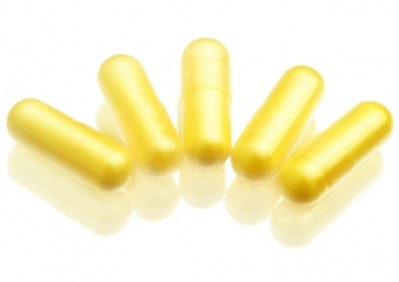Genetics may determine winter vitamin D status: Study
The research, published in the American Journal of Clinical Nutrition, may help clarify the role of genes in governing vitamin D status; meaning more accurate future trials and interventions can be used to establish optimal targets of vitamin D concentrations in populations with different genetic backgrounds.
“During the winter season when 25(OH)D [the non-active storage form of vitamin D]
concentrations are at their lowest, we observed that serum concentrations of 25(OH)D were under considerable genetic influence. In contrast, during the summer, environmental factors were the prevailing mechanisms whereby 25(OH)D concentrations were influenced,”stated the researchers, led by Dr Cristina Karohl, of the Departments of Medicine at Emory University, Atlanta.
Commenting independently on the results, Dr. Shelly McGuire, spokesperson for the American Society for Nutrition, called the results “quite important."
“This study suggests that, whereas genetic differences impact winter vitamin D status, lifestyle choices and sun exposure (factors we can control) are predominant in the summer months,” added Dr McGuire.
D deficiency
The authors stated that concern about vitamin D status is intensifying due to the recognition that low vitamin D concentrations are highly prevalent across various segments of the population. The most recent National Health and Nutrition Examination Survey (NHANES 2001–2004) estimated that 77 percent of the U.S. population had suboptimal concentrations of 25-hydroxyvitamin D [25(OH)D].
"Over the past couple decades, nutrition scientists have discovered that maintaining optimal vitamin D status is important for much more than keeping our bones strong. It's also critical for keeping our immune systems healthy and may help protect against diseases like heart disease and cancer,” said Dr McGuire.
The most important source of vitamin D is endogenous skin synthesis via sunlight exposure; however diet, to a more limited extent, can also contributes to vitamin D status.
Furthermore, individual and sociocultural and behavioral factors such as clothing type, use of sunscreen, time spent outdoors, sunbathing habits, use of dietary vitamin supplements, and skin pigmentation can affect levels of vitamin D.
It has been noted however that genetic predispositions may play an important role in the susceptibility of individuals to vitamin D deficiency, however there are currently limited studies on the heritability of vitamin D, and these have provided conflicting results.
The researchers stated that clarification of contribution of genetic compared with environmental factors, and whether such influences vary by season, is important in the design of potential vitamin D interventional trials.
“Therefore, the purpose of this study was to estimate the influence of heritable and environmental factors on vitamin D concentrations in middle-aged, male twins living in different locations in the United States,” stated the researchers.
Study details
Dr Karohl and her colleagues reported a large heritability in the variance of serum 25(OH)D concentrations during the winter months, but not in summer months.
“During the summer, there was no contribution of genetic factors to individual differences in serum 25(OH)D concentrations, and similarities between twins were mostly attributable to a shared environment.,” stated the authours.
However, they found that approximately 70 percent of the variation in 25(OH)D concentrations during the winter was explained by genetic factors.
According to the researchers, the observed interaction between season and genes emphasizes the importance of the environment in the expression of an individual’s genetic predisposition to the generation of vitamin D.
They stated that during the winter, a relative lack of sun exposure could make vitamin D concentrations more dependent on the synthesis or mobilization of vitamin D from other sources. In contrast, during the summer, environmental ultraviolet-B radiation may become a predominant source of vitamin D and thus supersede genetic predispositions.
Dr McGuire stated that in order to clarity the results of the study, further research is needed in more heterogeneous populations.
Source: American Journal of Clinical Nutrition
Volume 92, Issue 6, Pages 1393 - 1398, doi: 10.3945/ajcn.2010.30176
“Heritability and seasonal variability of vitamin D concentrations in male twins”
Authors: C. Karohl, S. Su, M. Kumari, V. Tangpricha, E. Veledar, V. Vaccarino, P. Raggi













